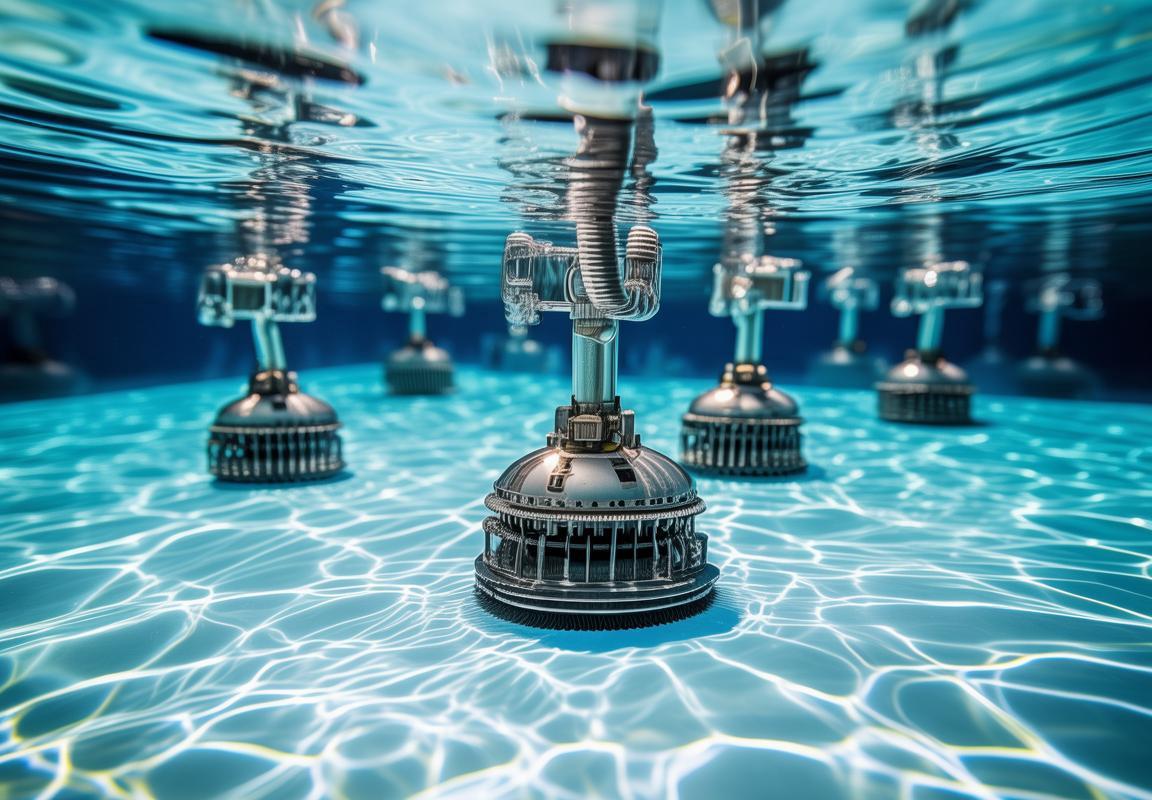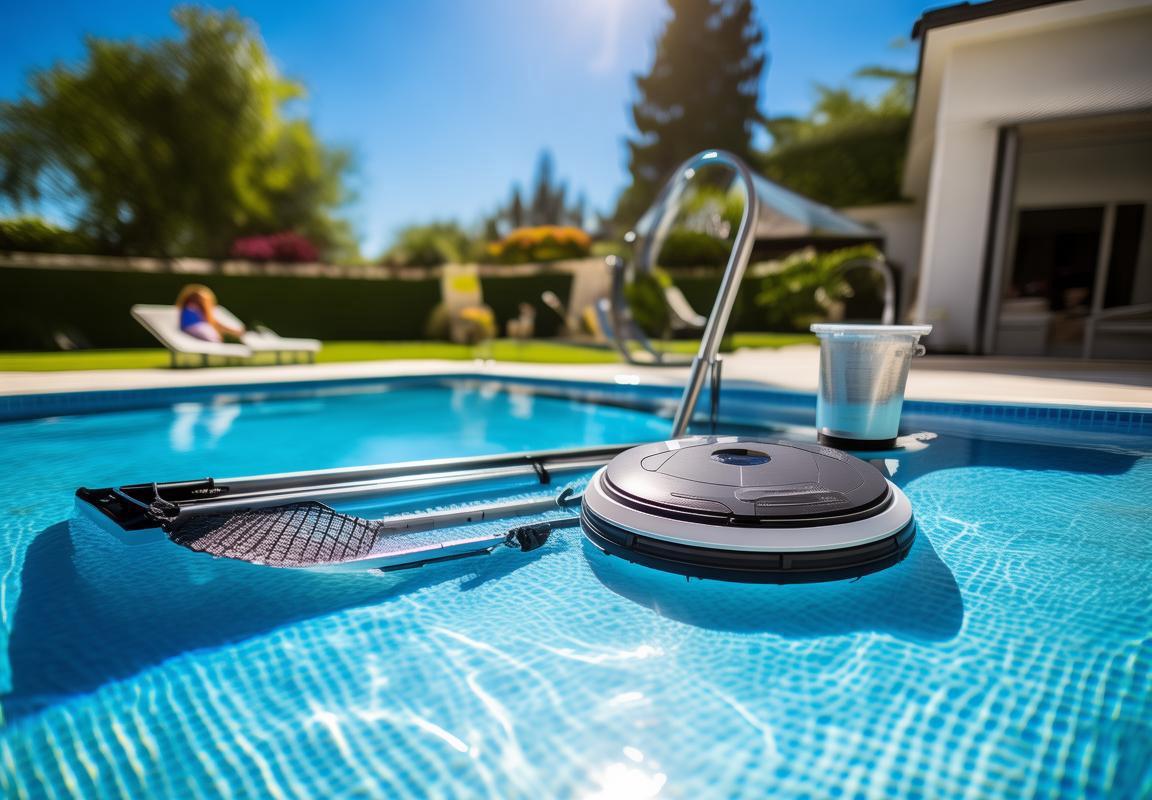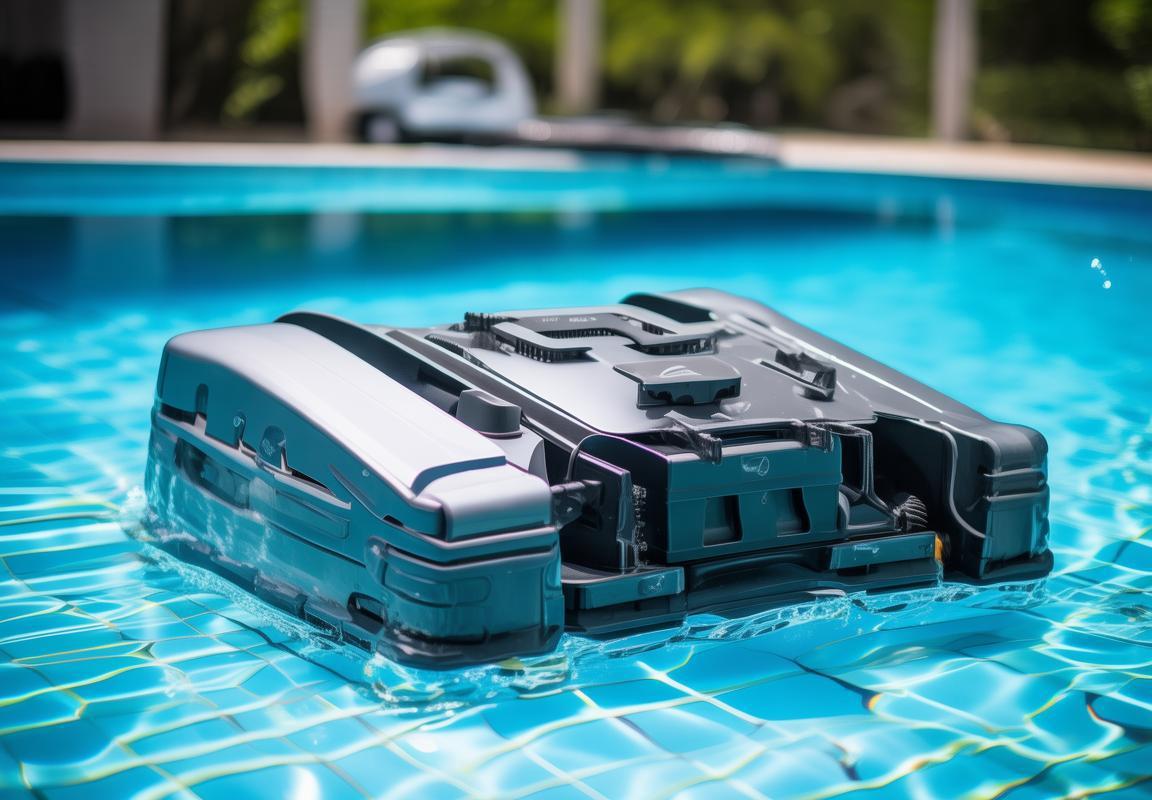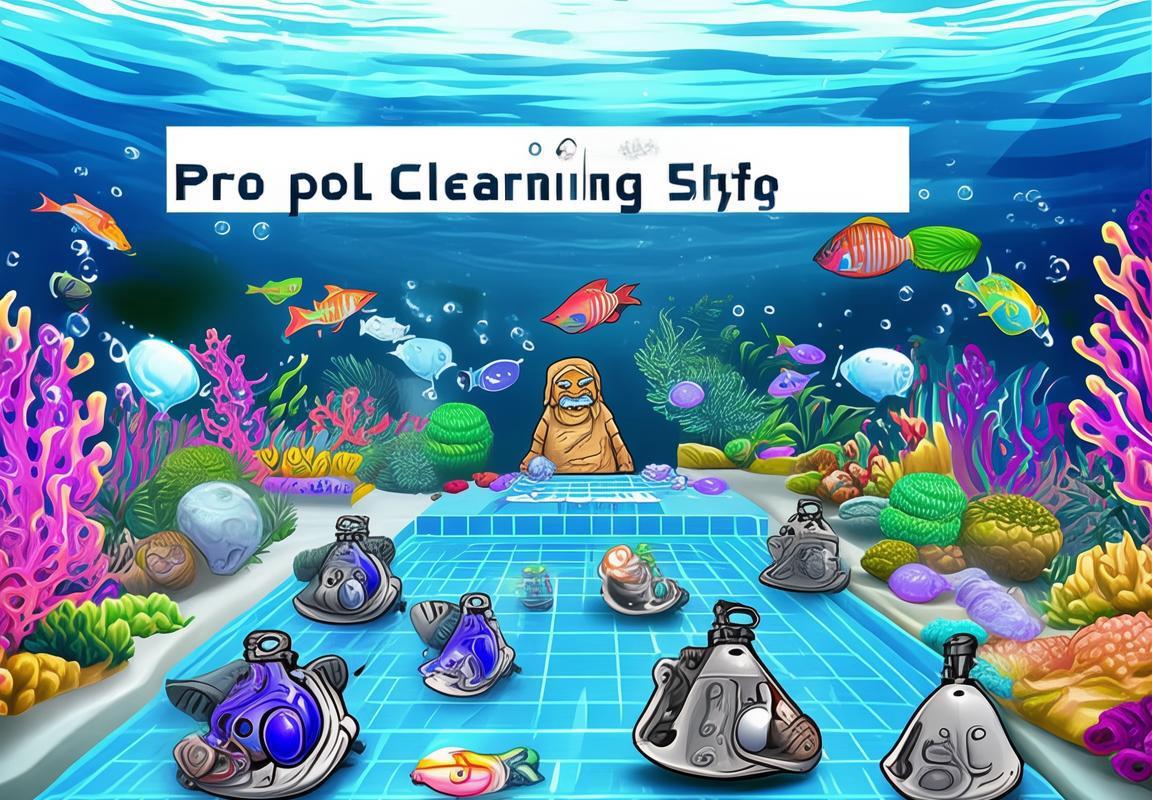Pool Cleaner Heads: Essential Pool Maintenance Tips for Robotic Pool Cleaner & More
Pool cleaner heads are the unsung heroes of crystal-clear swimming pools, working tirelessly to keep your pool pristine. Whether it’s a suction-side, pressure-side, or Robotic Pool Cleaner, choosing the right type is crucial—using the wrong one is like mowing your lawn with a toothbrush. Common myths, like “all cleaner heads are the same” or “bigger brushes clean better,” can lead to poor performance or even damage your pool liner. Key issues like clogged hoses, incorrect pool cleaner head types, or improper hose length (aim for 1.5x your pool’s length) can cause spotty cleaning or constant tangling. For optimal performance, match the Pool Cleaner Heads to your pool type: lightweight suction heads for vinyl pools, heavy-duty pressure heads for concrete, and wide-mouth robotic cleaners for leaf-heavy pools. Pool maintenance tips include monthly hose checks (kinks slow efficiency), replacing worn brushes, and adjusting weights to prevent floating. If your cleaner leaves more dirt than it picks up, makes grinding noises, or refuses to move, it’s time for a replacement. Treat your pool cleaner head well, and it’ll reward you with a spotless pool—neglect it, and you might end up with an algae-filled mess. Proper care ensures your pool stays a sparkling oasis, not a swamp.






